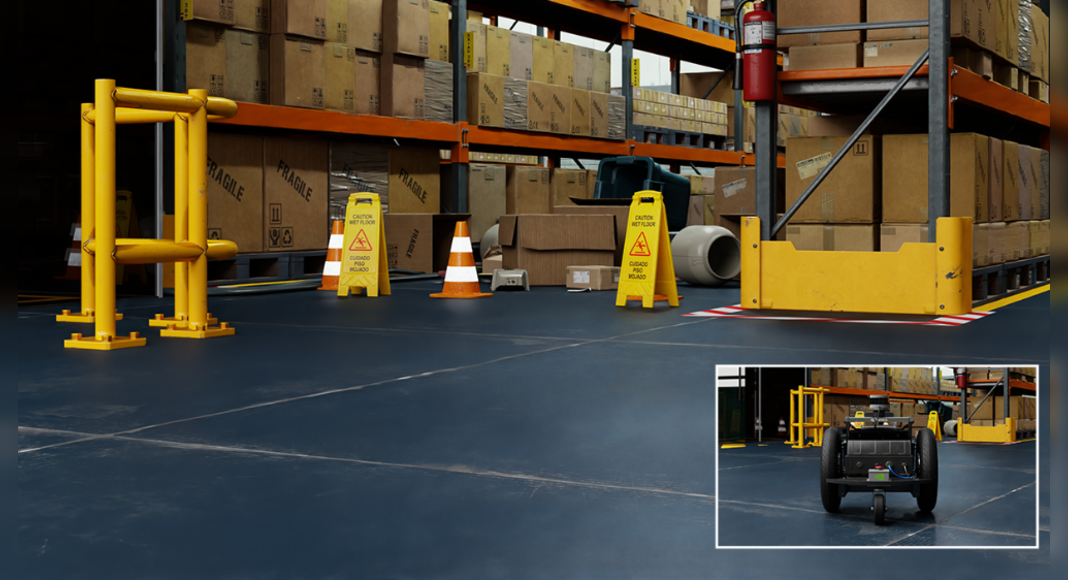NVIDIA and open robotics have signed an agreement to improve the performance of ROS 2 on the NVIDIA Jetson Edge AI platform and GPU-based system.
This partnership aims to reduce development time and improve the performance of developers who want to combine computer vision and AI / Machine learning functions into their ROS-based applications.
Open robotics are said to help ROS 2 to allow efficient data flow management and shared memory throughout the GPU and other processors on the NVIDIA Jetson Edge AI platform.
It will significantly improve the performance of applications that must process high bandwidth data from sensors such as cameras and lidar in real time.
In addition, the two companies work to enable the interoperability of the smooth simulation between open robotics and NVIDIA ISAAC SIM gazebo on omniverse.
Isaac SIM supports ROS 1 and 2 outside the box and displays a 3D content ecosystem with connections to applications, such as Blender and Unreal engine 4.
With two connected simulators, ROS developers can move their ignition robots and environment and Isaac SIM to run scale simulation big.
They can also take advantage of the features of each simulator to produce synthetic data for training and testing AI models.
“The more ROS developers utilize the hardware platform that contains additional computing capabilities designed to dismantle the host CPU, ROS develops easier to utilize these advanced hardware resources efficiently,” said Brian Gerke, CEO Open Robotics.
“Working with accelerated computing leaders such as NVIDIA and its extensive experience in AI and Robotics innovations will bring significant benefits to the entire ROS community” he added.
The software produced from this collaboration is expected to be released in the spring of 2022.
Nvidia prepares for the ROS world on October 21 and 22.
The company plans to release a new gem for Jetson developers including several DNN.







